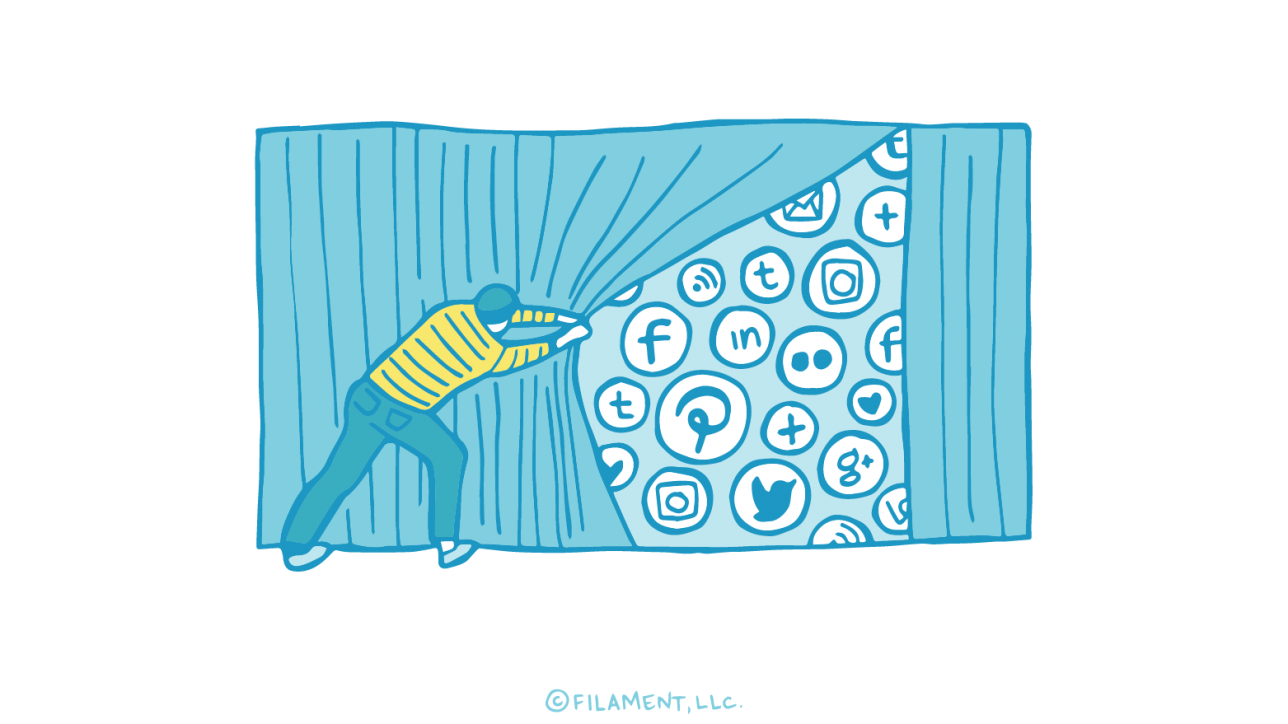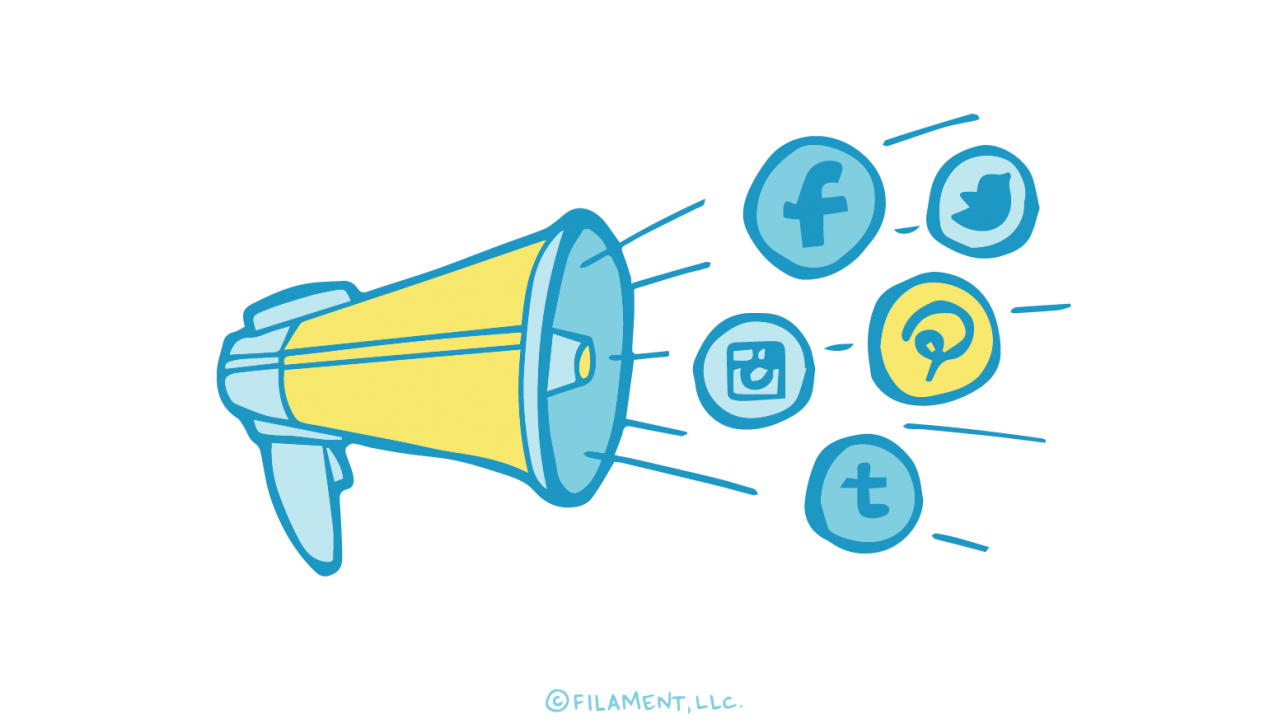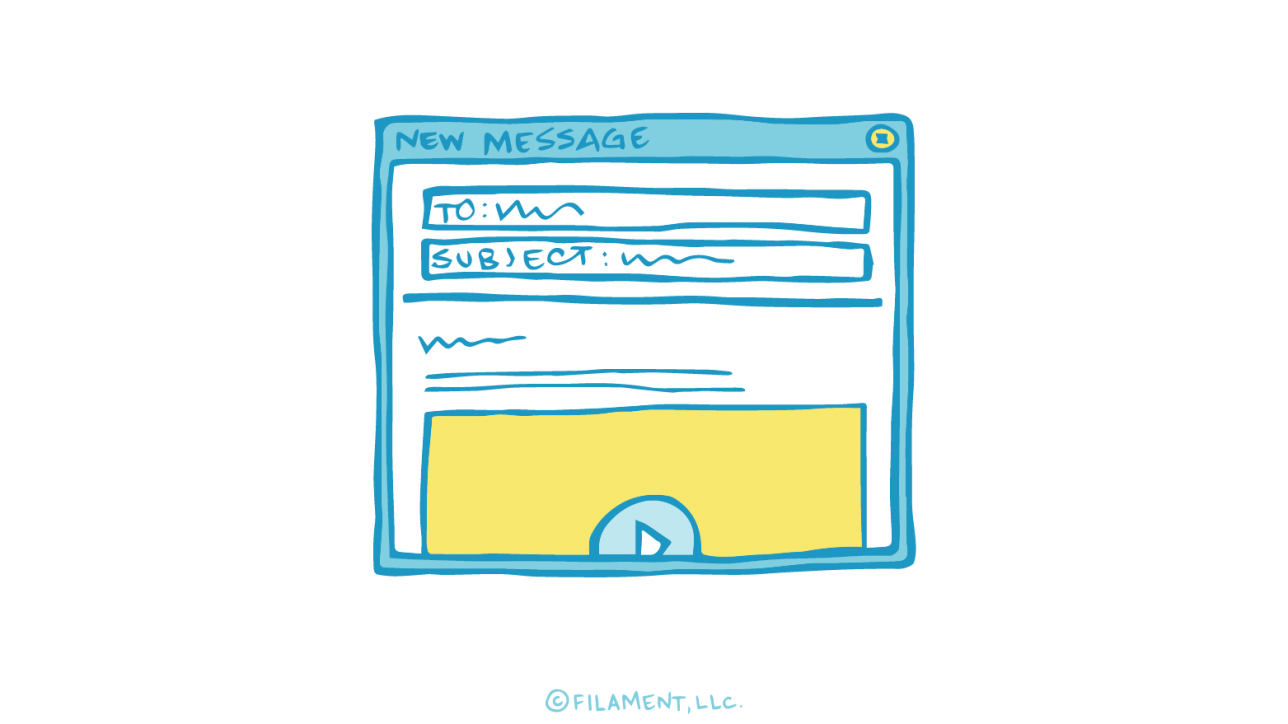Whether you’re looking to improve your brand awareness, increase engagement, or build brand loyalty, creating a more approachable persona through your content marketing can help. But where do you start? You need to begin with the five foundations of approachable content marketing.
1. Knowledge
To start laying a foundation of approachability you must know your audience. When you know your audience, you can present yourself (and your content) in a way that’s most appealing to them. It can be helpful to create documented buyer personas to keep the different segments of your target audience straight. If you take the time to get to know your audience and then use that knowledge to create great content, your audience will find your content more useful and relevant, which will get you more shares.
2. Interaction
If you want folks to engage with you online, you need to make the first move by engaging with them. Be visible with blog posts (or case studies, eBooks, etc.—whatever content your audience is hungry for), emails, smart SEO and an active social media presence. Your goal isn’t to broadcast your content but to create conversation and keep the exchange going.
Show that you’re paying attention by responding when someone comments on a blog post. Answer questions and show how you’ve incorporated their feedback. If your audience engages with you on social media, acknowledge them. Encourage user submissions in the form of guest blog posts, product reviews, and video testimonials. Use all the channels at your disposal to keep the conversation alive and connect in an authentic way. Every interaction should be about building brand affinity and loyalty.
3. Transparency
Transparency is a key part of approachability. If you act like you’ve got something to hide, people won’t trust you and may even back away slowly before they break into a run in the opposite direction. On the other hand, if you’re open about what you do, how you do it, and why, people are more likely to feel comfortable around you.
Tell the story of why you love what you do in a way that shows your human side and the values that are most important to you. Illustrate the ways you give back to the community. Share about your business practices, including where you fall short and how you plan to improve. Be open about how you’re incorporating customer feedback.
4. Consistent & Positive Brand Voice & Tone
Who are you? What is your brand about? Be clear on that and translate it into every piece of content—every blog post, every eBook, every email, every social media post—in a way that’s positive, conversational and economical. When you’re consistent in the way you express yourself, your audience will feel they know who you are, which increases their comfort level with you. What’s more, positivity draws people in. So just as you’d say it with a smile, write it with a smile!
5. Relevant, Useful Content
Nothing invites us to engage like content that speaks directly and clearly to our needs and wants. If you’ve taken the time to interact with your audience, you’ll find that you’ve gotten to know them well and have collected plenty of topics for the types of content they want, be it whitepapers, case studies, or how-to videos.
If you put these five foundations into play with your content marketing, you’ll be in a good place for building awareness, engagement, and loyalty with your target audience.
Do you have a recent example of approachable content marketing from your own work or other brands? Share it in the comment section below. Or feel free to leave feedback on this post and how we can continue providing content that’s useful to you.
Learn more about Filament and how we can help make your content marketing more approachable.
















